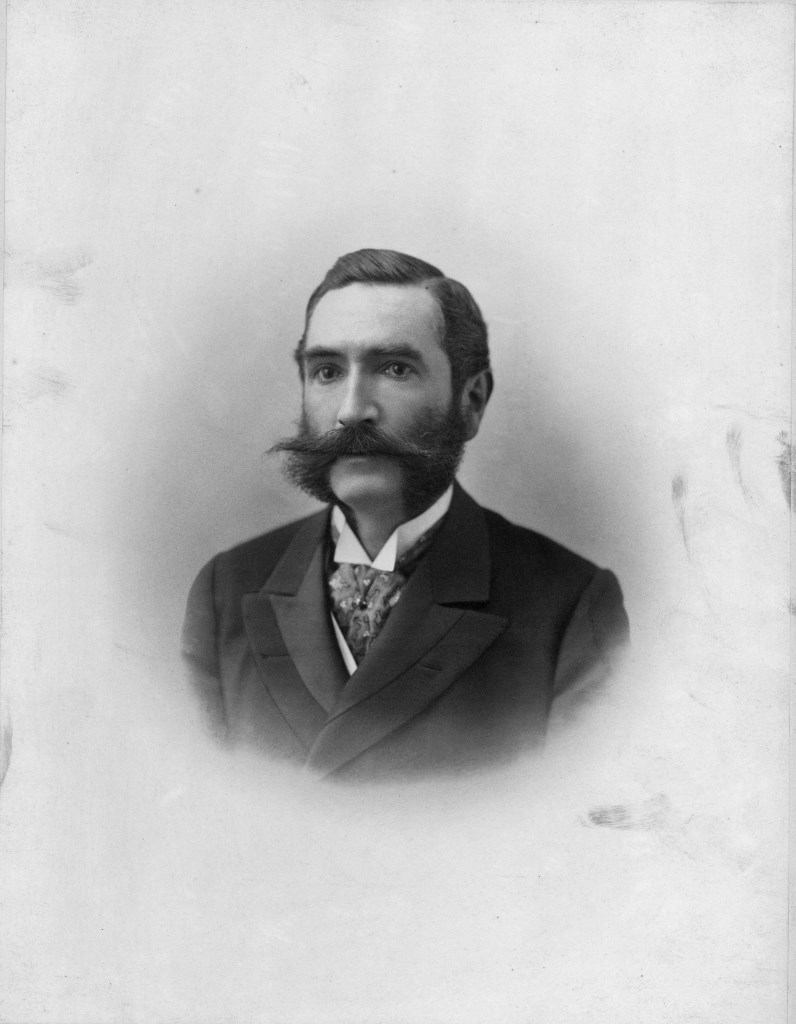Second preparatory meeting held in Brussels on Tuesday, 7 March 1911


Second preparatory meeting, 1911, Brussels, 1st page of the minutes


Duke of Lesparre (FR), very first FCI President
At the first preparatory meeting in The Hague, the decision was taken for a second preparatory meeting to be held in Cologne on 17-18 February. For reasons no longer known, this second meeting is instead held in Brussels on Tuesday, 7 March 1911 in the offices of the Société Royale Saint-Hubert at 36, Rue de Joncker. It begins at 10.30 a.m.
As agreed at The Hague, this second preparatory meeting focuses on the answers the three Preparation Committees have come up with on the various issues. The answers provided by the Société Centrale pour l’Amélioration des Races de Chiens en France are presented by Baron Jaubert. The Société Royale Saint-Hubert’s answer is presented by Mr Louis Nieuwenhuijsen, who speaks of a “Ligue internationale des Sociétés cynophiles" (L.I.S.C.), while the wishes formulated by the Société Royale Saint-Hubert’s General Assembly are expressed by Mr Simon Goffin. The Dutch report is signed by Baron F.W. van Tuyll van Serooskerken and Dr A.J.J. Kloppert.
At this second preparatory meeting, Switzerland is no longer present, being replaced by Austria. The following countries take part:
- Germany, represented by Freiherr von Plato and Mr A. Freericks (Delegierten Kommission), and by Mr Georg Obreen (Kartell der Stammbuch führenden Spezialclubs);
- Austria, represented by Prince Ypsilanti (Österreichischer Kynologen Verband);
- Belgium, represented by Mr G. de Buck, Mr L. Nieuwenhuys, Mr G. van Muylem and Mr S. Goffin (Société Royale Saint-Hubert);
- France, represented by the Duke of Lesparre, Count Clary and Baron Jaubert (Société Centrale pour l’Amélioration des Races de Chiens en France);
- The Netherlands, represented by Baron F.W. van Tuyll van Serooskerken and Dr A.J.J. Kloppert.
The meeting is opened by the Duke of Lesparre, who proposes giving the chair to one of the members of the Belgian committee, Mr G. de Buck, the secretary-general of the Société Royale Saint-Hubert. The latter accepts. As at The Hague, the minutes are kept by Dr Kloppert.
The meeting starts with the Österreichischer Kynologen Verband being recognised as the national association representing Austria.
The meeting unanimously decides that each country could only have one national governing body, with an exception being made for Germany where the Kartell and the Delegierten Kommission are jointly recognised.
As regarded certain countries not yet represented such as England, Russia, Italy, Sweden, Norway, Switzerland, etc., Dr Kloppert states that a number of them - those where one could have assumed the existence of a governing body – has been invited but has not replied. Collaboration with England is seen as impossible due to its quarantine restrictions.
The next item involves drafting the statutes of the “Fédération Cynologique Européenne". These would then be ratified at the Paris Congress.
A debate develops over the name to be given to the Federation, with certain delegates having a preference for “Fédération Cynologique Continentale” and others already leaning towards “Fédération Cynologique Internationale”. It is finally decided to keep the name “Fédération Cynologique Européenne”.
After a long discussion among delegates, the statutes put forward by The Netherlands and amended by France are drafted and unanimously approved for future adoption at the definitive Paris Congress.
After lunch, the meeting continues, with the main issues needing to be resolved being dealt with. These include a definition of the term ”international” and the conditions under which this term could be applied to dog shows, and draft regulations for the European Championship.
In the view of Dr Kloppert, shows open to the whole world should rightly be termed “international”. But discussions end here, with the only decision taken being that shows where a European Champion title could be awarded are to be termed an “international European Championship show or competition authorised by the FCE”. Each governing body is allowed to hold two European Championship shows per year, one organised by the governing body itself, the other delegated to one of its member organisations, subject to approval from the FCE general committee.
The hunting dog championship is the subject of a lengthy discussion, without any decision being taken due to the fact that the time had come to visit the documentation room. This discussion therefore has to be postponed to a later date. The meeting then ends.